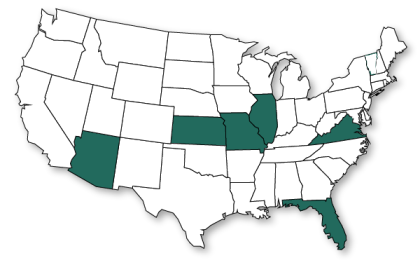Many homeowners see their energy bills each winter and think, “How can I be spending this much when the house isn’t even that warm?”
To get an answer to that question, you should start with some other questions that will help determine just how efficiently youre heating your home. In addition to heating your home more cheaply, it will also help the environment. In the month of December, our solar panels offset the same amount of carbon as ten trees (842 pounds)! We make sure to follow these tips in our office to ensure a more eco-friendly workplace, so try them out at home and let us know what you think.
- Where is the warm air going? If you’ve got a leaky house, you’re costing yourself money – plain and simple. Heat ends up escaping and cold air keeps flowing in, which means you either turn up the thermostat or just shiver in your living room. The U.S. Department of Energy recommends getting an energy audit so you can find and seal the gaps.
- When is the heat on? Are you keeping the house at the same temperature all day and night? Even when you’re or sleeping or at work? There’s no reason to, and programmable thermostats mean you can still have a warm house when you wake up and when you get home.
- How often do I use space heaters? If you find that you’re using space heaters to supplement your main heating system, you could be masking a bigger problem and actually increasing your energy costs. Addressing underlying issues, such as a furnace that isn’t working well, can be more cost-effective in the long run.
- Am I maintaining my system? A lot of homeowners simply forget to do things such as changing their air filter regularly or getting periodic examinations of their furnace. These routine tasks can not only prevent more costly problems down the road, they can help you more effectively heat your home right now.
- Is my fireplace hurting more than it’s helping? It could be, if you always leave the damper open even when you don’t have a fire going. And, if you have the damper closed, a leak can make it yet another place where warm air gets out and cold air seeps in. Check the seal around your damper, and consider using a chimney balloon when you aren’t using the fireplace.
Taking some time to answer these questions can increase your efficiency, decrease your bills and perhaps even prompt another, more pleasant question this winter: “Is it too warm in here?”


